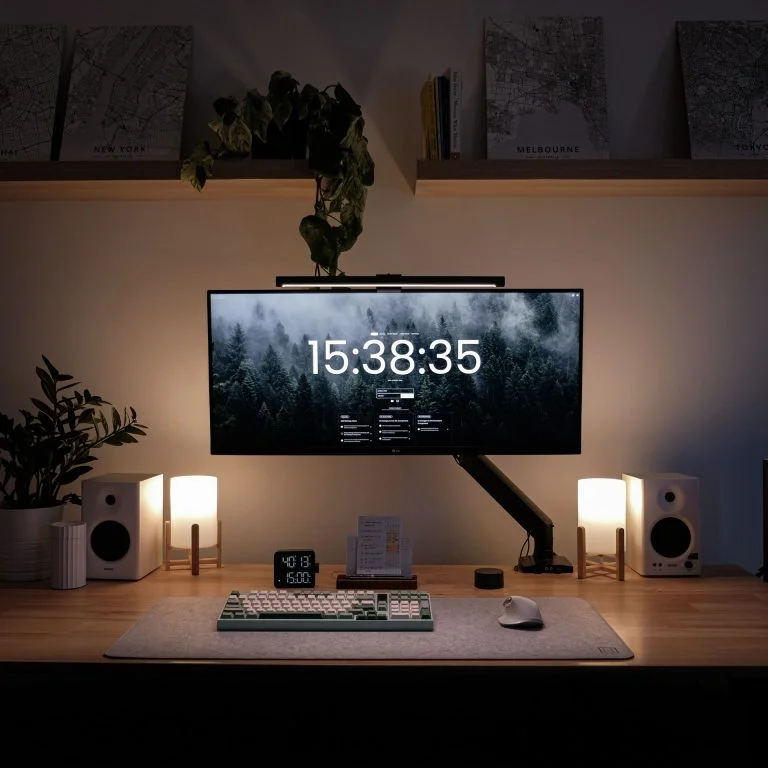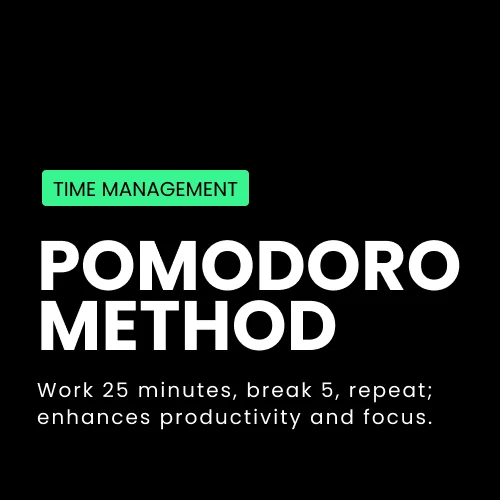Introduction
I am Sam, one of the co-founders of MDS. Productivity can be hard to achieve if you don’t have a system. Since the creation of MDS, I’ve tried a whole variety of systems just so that I can get the most out of my day. Pushing MDS from a bedroom side hustle to the flourishing business it is today wasn’t just hard work it was meaningful work, completed efficiently. If I didn’t really use any of these productivity methods, I would not be where I am today.
In this article, I go through one of my top secrets, a system that I used to get the most out of my day. It is a method that combines elements of effective time management with a systematic, but simple method of task management that everyone is familiar with, the to-do list.
What is the ‘Task & Time’ System?
I coined it the task & time system because there are really not a lot of rules to it. Some systems are extremely complex and give you heaps of functionality but then you realise when trying to adopt it that it’s often confusing to use. This system is also analogue which means it lowers the chances of you being distracted when using it. However, when you go too simple, you start to lose functionality. So this system, is a balance of both sides, delivering the most functionality from a minimal package.
The system is essentially a tracked to-do system that allows you to use time management methods such as time blocking or the Pomodoro method in combination to extract the most out of your day.
Objective
The objective of this method is to help you get as much shit done in the most efficient manner as possible.
Files that you’ll need:
Below is my free template for the Minimal To-do System that I will be explaining below.

Since it’s designed as a card the size of it is 10cm wide and 15cm tall.
The full kit is now available for purchase. Have a look here.

The kit includes
- 30/60/90 Card packs
- Walnut Card and Pencil Tray
- Metal pencil
If you’re interested – check it out here.
Top Level Rule
There are a few rules that govern this system on the type of tasks that it should be used with:
- If it’s a 5-minute to-do, get them done straight away and write it onto the note section of the card (back side)
- Use this system for smaller tasks– don’t try to fit a big task on there only to realise you need to spend 3 to 4 days on it
- For Example: if your task is to write a report on apples. use a notebook or another tool to split it into multiple sub-tasks such as
- Research about apples
- Draft up topic headings
- Draft introduction
- Write paragraph 1
- Write paragraph 2
- Write paragraph 3
- Write conclusion
- Edit draft
- Review
- Submit
- For Example: if your task is to write a report on apples. use a notebook or another tool to split it into multiple sub-tasks such as
Trying to complete such a big task in one go without scoping it out will cause you to make more mistakes and potentially waste a bit more time
Steps
Step 1: Curation
Start by writing out all the to-dos on the task side of the card, and make sure that these to-dos conform to the 2 rules set above. Don’t assign number labels to them just yet. If you have a really big task – like writing a report, try breaking it down into sub-to-dos before adding it to the task side of the card. If there are small tasks that take less than 5 minutes to do, don’t write it in the task list side but on the note side of the card (back side)
Bonus tip: When I started MDS, ChatGPT was not a thing. If you struggle with finding all the sub-tasks in a big task I suggest you jump on chatGPT 4 and try the following prompt –
“I need some help with breaking down a big task into multiple small tasks, I want each small task to be complete within 30-minute to 1-hour blocks. Do not nest my small tasks within other small tasks and make sure the nesting is kept to zero, if nesting needs to occur please notify me of the reason and suggest how that small task should be broken down further into smaller tasks.
My task is {insert task here}”
From this, you might be given quite a long list of to-dos but it’s your job now to quickly sift through it and see which ones are good to commit to and which ones can be omitted. Make sure you save this master list of to-dos to come back to.

Step 2: Assignment
Part A: Time blocking
You need to assign a time block onto the card of when you will be able to work. I understand most people will know when they have time blocks that they can’t work in. i.e. Meeting times, picking up the kids, going to tutor etc. At this point, you should have a better understanding of the blocks that you can and can’t do work in. Use a high lighter to mark your time blocks.
For example- Timeblock 1: 9-11 AM, Time block 2: 2-6 PM

Part B: Assign Priority and feasibility check.
After that you have your list of to-dos which at this point might be roughly a max of 7-10 tasks, you start assigning numbers to them in the ranking of priority. You need to decide how important and what priority they should be and do a feasibility check. Be realistic: If you know you only have 3 hrs of time to do work in and it’s estimated that each of the tasks takes 30 minutes to 1 hour, it’s not a good idea to try to cram them in because you already know you won’t finish them.

Step 3: Execution and Tracking
Now to start work. Feel free to use the Pomodoro method to give yourself breaks during your time blocks. In addition, mark out when you started the task by denoting a 1 (for to-do No 1.) at the start time and denoting a 1 again at the end time and drawing a line to join the two ‘1’s. (see example below) Keep doing this for all the to-dos. See the legend guide below!

Step 4: Review
At the end of the day, tally up the total amount of hours and minutes that you spent working by counting the grid. Also, you can take note of how well you did at time blocking and you’ll be able to see if unforeseen events popped up and disrupted your day (because you’ll have empty areas in the grid and no tasks are being done in this.
Reflect on how you can improve time blocking. If you can get time blocking down pat, you will be able to push yourself even further in terms of efficiency and productivity.
Legends
The following legends are just suggestions. I designed this with flexibility in mind, so as long as you know what the labels mean it’s fine.
Highlighting = Time Blocked period

Number with circle = to indicate start and finish of that ‘numbered task’

Number with the circle going to open end = task not completed

Number with the circle going to triangle with number = task has been deferred

Optionally, use a P to indicate the pomodoros that are completed during the set period.
A day in my life.
I time blocked for 2 full blocks of roughly 3 hours and a small block during my day accounting for any meeting I might have planned. Here is my finished card.

You can see I went well with tasks 1 – 4 with no issues, when I got to task 5, I realised I needed information to complete some of the product copy so I had to defer the task for another day.
I time blocked for task 6 after dinner, but I forgot to account for some small things I needed to do which delayed me starting the task. At the end of the day, I wasn’t able to complete task 6 and it would be done tomorrow instead. Task 6 will become task 1 in tomorrow’s card depending on if in there are any other tasks that surpass it in terms of priority.
I tallied everything up and it seems I worked actively for 6 hours and 15 minutes getting through most of my tasks for the day, with a few tasks that weren’t complete due to things that are out of my control.
Conclusion
Efficiency and productivity are not just about sheer hard work, but about working smartly. It’s about carving out a clear path amidst the daily whirlwind of tasks, distractions, and unforeseen challenges. The Minimal To-do System has been my secret weapon in achieving harmony between simplicity and function, ensuring that each day is met with intentionality and focus.
To truly benefit from any system, consistency is key. As with the MTS, it’s not about how many tasks you’ve jotted down, but about thoughtfully curating, prioritizing, and executing them. Reflecting on your work rhythm and adjusting accordingly is crucial to continuous growth.
The beauty of this system lies in its adaptability. It allows you to harness familiar productivity techniques, like the Pomodoro method but doesn’t bind you to them. It gives you a tangible, analogue interface to map out your day, keeping distractions at bay. The reward? A visible representation of your hard work, the satisfaction of tasks completed, and time well spent.
Remember, the path to peak productivity is a journey, not a destination. As you journey with the Minimal To-do System, it will not just be about crossing tasks off a list, but also about understanding and refining your work process. Embrace the learning curve, celebrate your daily wins, and continually seek ways to elevate your productivity game. After all, it’s these small, daily improvements that lead to long-term results and success.







